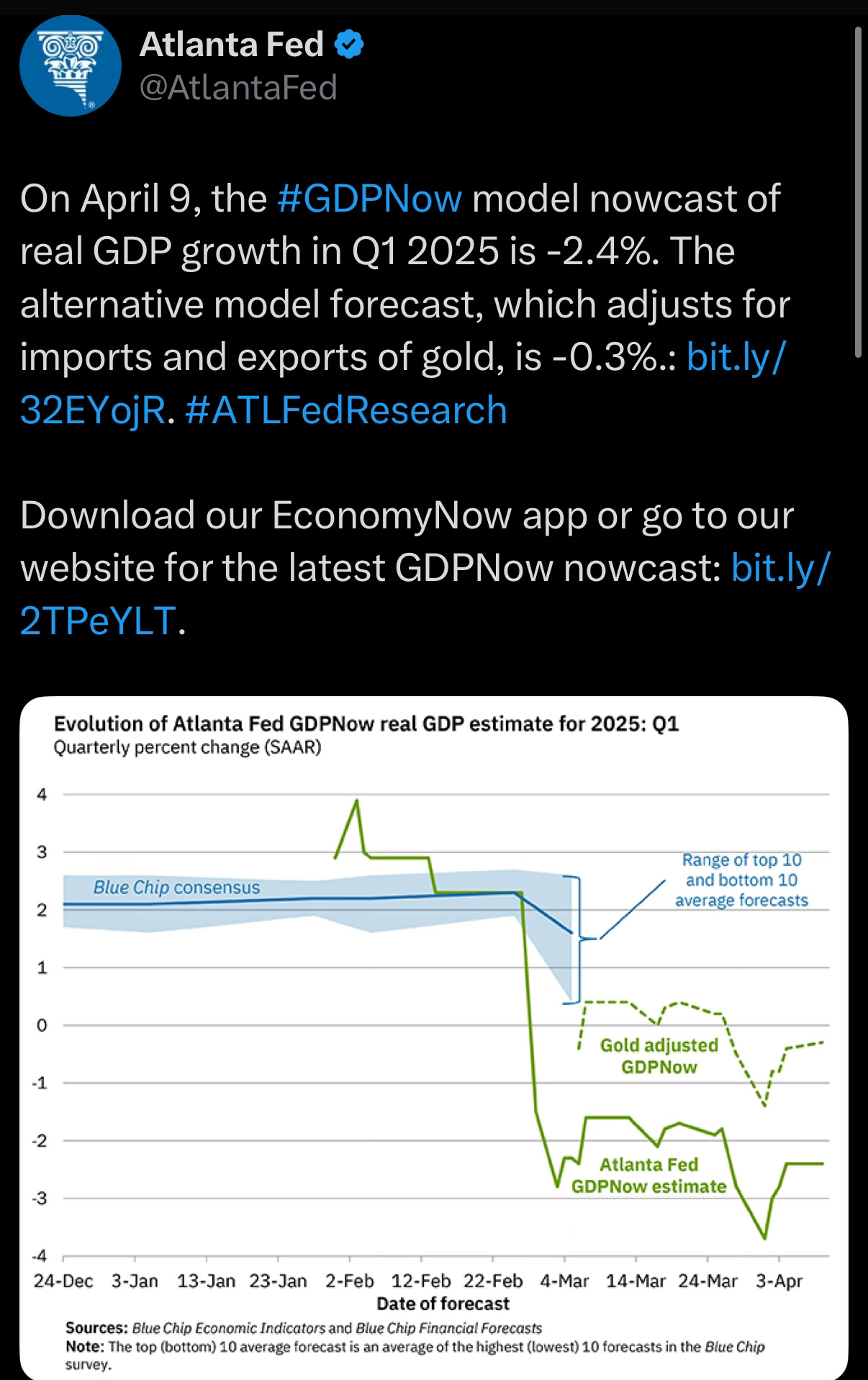In Casino, Sam “Ace” Rothstein wasn’t pulling slot levers or playing blackjack. He was the odds. “I was so good,” he says, “that whenever I bet, I could change the odds for every bookmaker in the country.” A master handicapper with a mind like a mainframe, Ace didn’t need luck—he was the line. The bosses gave him the keys to the Tangiers, the most lucrative casino in Las Vegas, because they knew he could stack the odds in their favor. For a while, it worked—flawlessly.
But like every great rise in Vegas, it ended with hubris, corruption, and a car bomb.
“In the end, we f***ed it all up. It should have been perfect. I had the keys to the kingdom.” – Sam “Ace” Rothstein, Casino (1995)
Now take that metaphor, swap the desert for D.C., the Tangiers for global markets, and Ace for President Trump—and you’ve got the sequel no one asked for. He moves markets with a tweet, shifts policy like he’s placing bets at the book, and believes he can outmaneuver the house. But just like Ace, Trump may be holding too many chips and pushing too hard at the wrong time.
Wall Street and Main Street, welcome to the Tangiers 2.0.
As President Trump reasserts his influence over global trade and market policy, the economic fallout is defying every play in the textbook.
In March, the first wave of Trump’s revived tariff regime went live, hitting imports from China, Mexico, and Canada—the U.S.’s largest trading partners. Economists and market strategists braced for price spikes. After all, tariffs are essentially taxes on imported goods, which companies typically pass along to the consumer.
Except this time, something unexpected happened. Prices fell.
Toys—most of which are made in China—dropped -1.5% year-over-year.
Electronics—from TVs to smartphones, largely assembled across Asia and Mexico—plunged -13.8% YoY.
Appliances, including dishwashers and washing machines, dropped -6% YoY.
It wasn’t just a surprise—it was a reversal of every inflation model trained on trade shocks.
“You only get that kind of deflation when companies have no pricing power,” says Greg Crennan, Chief Market Strategist at Golden Coast Consultants. “Demand has fallen off a cliff. Retailers are choking on inventory. Consumers aren’t biting.”
And here lies the crux of the market’s silent unraveling. This isn’t Trump 1.0 2017 with an upcoming boom. Today’s post-COVID consumer is leveraged, fatigued, and retreating. There’s no room left to absorb higher prices—tariffs or not.
It’s a throwback to the 1930s, only this time the trade war is being waged in real-time on social media, not via back-channel telegrams.
Trade, Growth, and the Vanishing Illusion of the Trump Bump
Newly released trade data for February—the calm before the tariff storm—confirmed what many feared:
Imports fell by -0.2%, the sharpest monthly decline in nearly a year.
The trade deficit narrowed, not because of stronger exports, but because of collapsing domestic demand.
GDP for Q1 2025 is now tracking flat to negative, with most major forecasters slashing their estimates.
Despite headline inflation easing and oil prices falling, the real economy is in a stall. Growth, it turns out, isn’t just soft—it’s vanishing.
And yet markets still carry the illusion of momentum. That is, until you examine the volatility unleashed this week.
Market Mayhem: Trump Pumps, Then Dumps
Wednesday’s price action wasn’t just erratic—it was historic.
It began with a whisper: rumors swirled that the White House might delay a new wave of tariffs. The market seized on it.
Early morning: Unconfirmed reports suggest a delay in tariff implementation.
Markets popped. Short sellers scrambled. Volatility spiked.
But minutes later, Trump himself tweets that the U.S. would in fact be postponing tariffs for 90 days—except on China, Mexico, and Canada.
And that’s when the real fireworks started.
“The market’s acting like it just got comped at the Tangiers,” said one trader. “But someone knew the dice were loaded.”
Call option volume exploded—rising tenfold in the moments before Trump’s tweet. That kind of positioning wasn’t a hunch. It was precision. And when the announcement hit, equities launched into one of the largest single-day rallies in U.S. history.
“This wasn’t about fundamentals,” says Crennan. “This was about one man, President Handicapper moving global markets with a tweet.”
It was the ultimate Casino moment. Just like Ace Rothstein could change the spread across Vegas with a single bet, Trump moved trillions with a single tweet. But here’s the rub—just like Ace, the illusion of control only lasts so long.
Keep reading with a 7-day free trial
Subscribe to The Coastal Journal to keep reading this post and get 7 days of free access to the full post archives.







